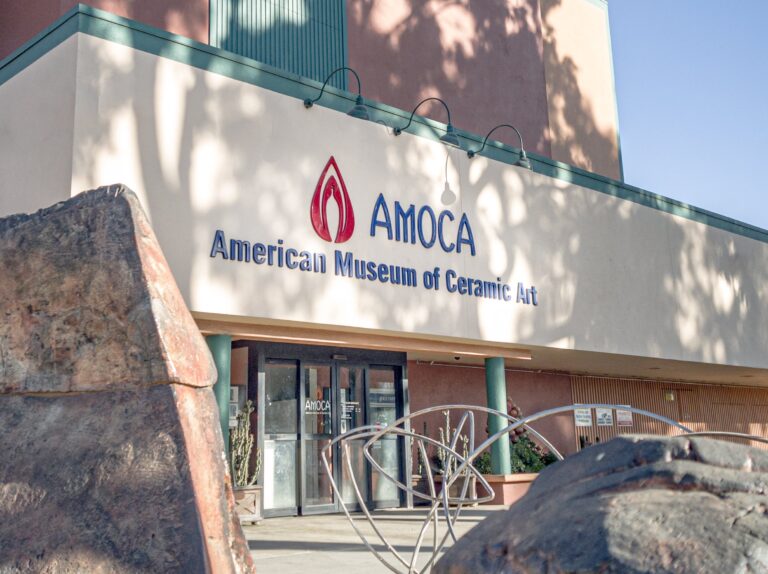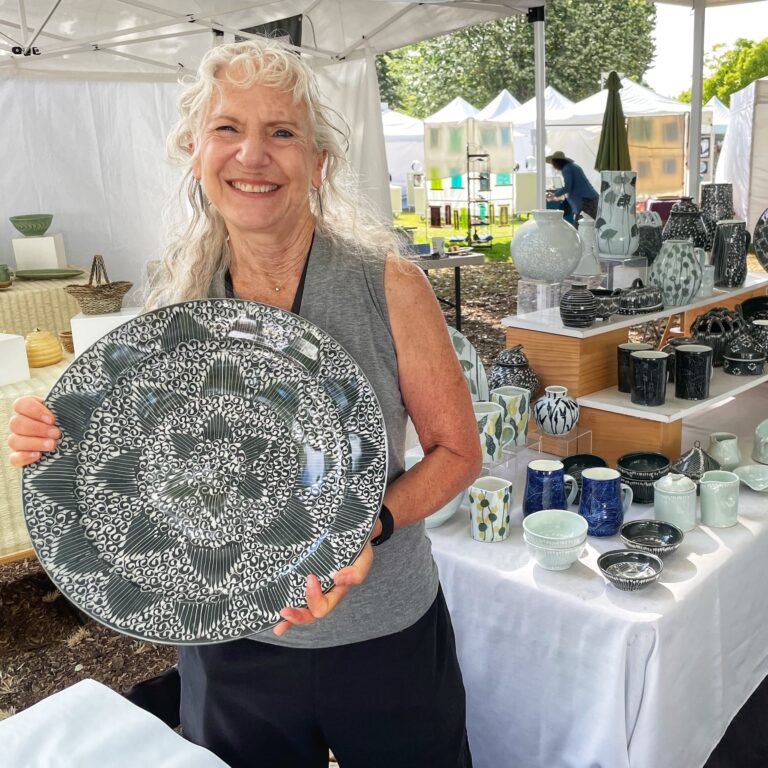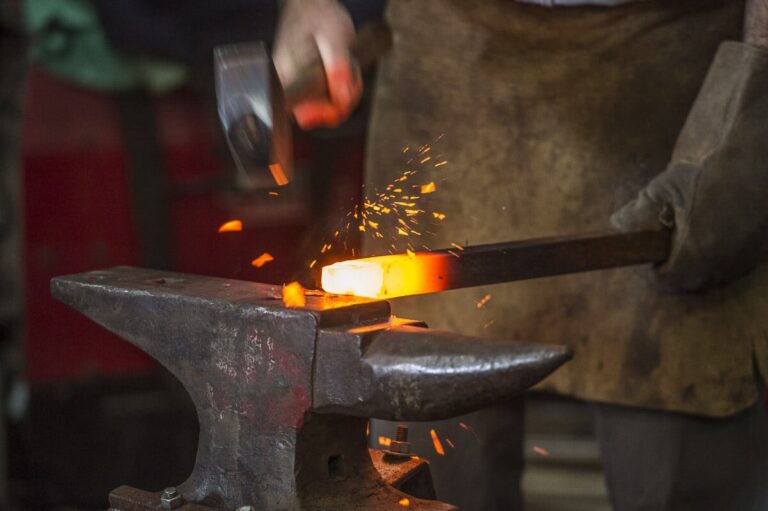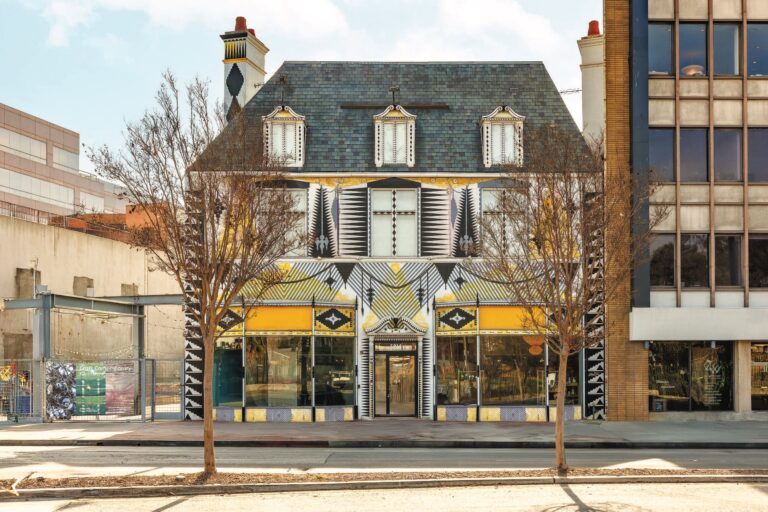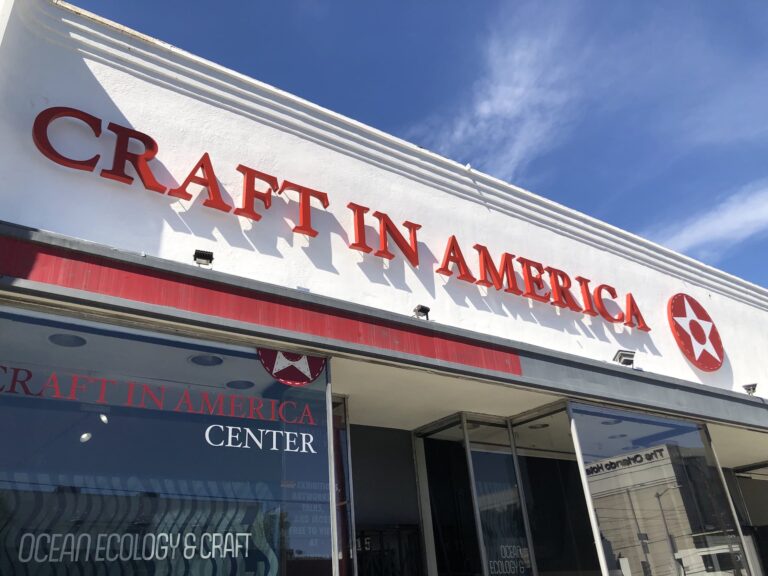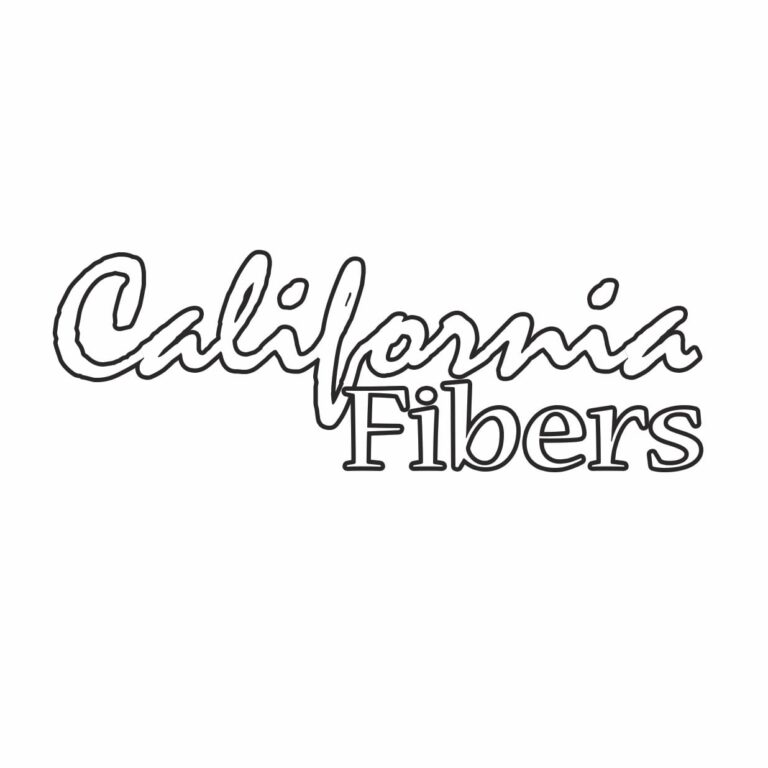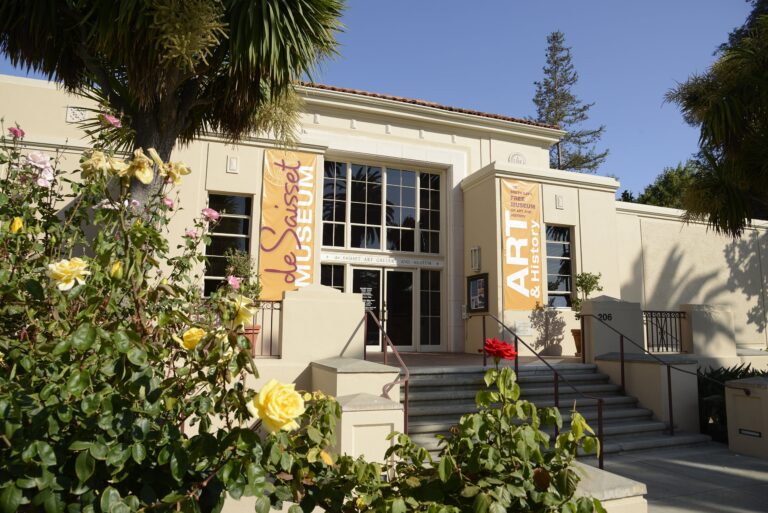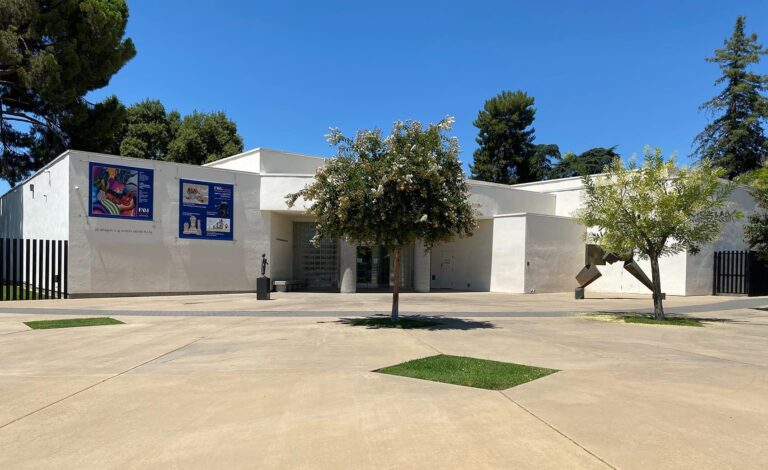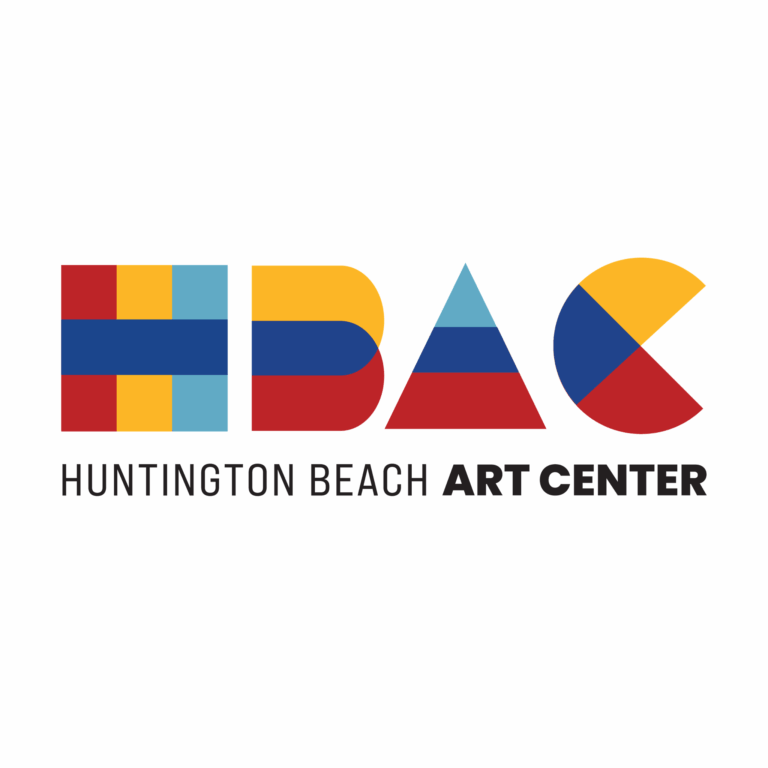Participating Organizations
Category: CA
The American Museum of Ceramic Art (AMOCA) champions the art, history, creation, and technology of ceramics through exhibitions, collections, outreach, and studio programming.
With rotating exhibitions across our four galleries, there’s always something new to explore. AMOCA offers in-house field trips, MudMobile visits, teen programs, college/adult tours, and family events to provide opportunities for all to experience the wonders of clay. In person and virtual programing includes opening receptions, artist talks, exhibition tours, and monthly pay-what-you-can First Fridays.
Our Ceramics Studio offers classes and workshops, studio rentals, firing services, and an artist-in-residence program.
For current public hours, exhibitions, programs, classes, workshops, and more, visit our website at www.amoca.org.
…
The Association of Clay and Glass Artists of California is dedicated to establishing and maintaining high standards of craftsmanship and design in clay and glass. ACGA began as the Association of San Francisco Potters in 1945. We now have over 300 members including clay and glass artists, students, patrons and supporters, galleries, network organizations and corporate sponsors from throughout California.
A primary goal of ACGA is to provide opportunities for our members to exhibit and sell their work. The Association regularly presents museum and gallery exhibitions of clay and glass, and we present the annual Clay and Glass Festival in July at the Palo Alto Art Center.
We invite you to add your name to our mailing list or join ACGA. All members receive our monthly newsletter. Artists may apply to become exhibiting members at semi-annual jury sessions. Artists, collectors, art professionals, corporate sponsors, students, and friends are always welcome to join our ranks.
…
Our mission at Adam’s Forge is to provide a safe, inclusive, diverse, accessible and thriving community where people of all ages and backgrounds can share in the traditions, knowledge, and artistry of blacksmithing, metal arts and other creative handcrafts across generations and into the future.
The magic of iron is in everyone’s blood.
Adam’s Forge provides hands on classes in artistic blacksmithing, related metal arts and creative handcrafts. We offer space, tools and expertise to aspiring artists. We provide demonstrations and speakers for public events and meetings. We support a vibrant artistic blacksmithing community with outreach to our surrounding Southern and Central California community.
Founded in honor of metal artist Adam Leventhal, our blacksmithing and multimedia art studio in Simi Valley connects our past while forging our future. We offer classes to complete beginners and those looking to build advanced skills. In our supportive environment, students learn time-honored techniques while discovering their own creative path.
As Southern California’s premier center for metalworking education, we are uniquely positioned to bridge traditional craftsmanship with contemporary artistic innovation — creating opportunities that are notably limited in the SoCal arts landscape. We currently offer over 240 classes in bladesmithing, blacksmithing, metalsmithing, metalworking, bronze casting, copper working and jewelry making.
…
Founded as a museum in 1973, Craft Contemporary reveals the potential of craft to educate, captivate, provoke, and empower. With a focus on contemporary art made from craft media and processes, Craft Contemporary presents dynamic exhibitions by established and emerging artists and designers who are often underrepresented in larger art institutions. Craft Contemporary complements these exhibitions with a creative line-up of educational programs, including hands-on workshops led by professional artists. Craft Contemporary cultivates an environment for people in Los Angeles to deepen their relationship to art, creativity, and one another.
…
The Craft in America Center is a small museum and library that presents artist talks, scholarly lectures, hands-on workshops and concerts in addition to regularly changing exhibitions. Our publications offer a deeper dive into the practices of select artists and topics.
The Center works in tandem with the acclaimed PBS documentary series to give voice to traditional and contemporary craft, ranging from functional to purely conceptual. Being a brick and mortar venue, the Center provides the public an opportunity for direct personal engagement with art, artists and ideas.
The Craft in America Center produces 5-8 exhibitions a year, both on site and traveling. Exhibitions highlight the work of numerous Los Angeles craft-based artists while providing a local platform for the nation’s accomplished artists working across all craft media. For those not able to visit in-person, digitized exhibitions and recorded talks and interviews are archived online as accessible resources for all.
…
California Fibers, exhibiting since 1970, brings together artists whose imagination and mastery place them among the foremost in their fields. Their extensive exhibition history in the United States and abroad reflects a remarkable breadth of creative expression, encompassing weaving, basketry, sculpture, quilting, embroidery, felting, surface design, knitting, crochet, wearables, and mixed media.
…
The de Saisset Museum provides ambitious and groundbreaking exhibition and educational programing to our diverse publics on and off campus that are timely and multifaceted in nature. We foreground projects that highlight the varied realities lived by our diverse community of practitioners and support Santa Clara University’s goal of educating the whole person through interdisciplinary collaborations and partnerships. Our work is experimental; we function as a test-site for new ideas, methodologies, and practices and aspire to be in a constant state of evolution. We are governed by a code of ethics that foreground diversity, equity, and inclusion, which is reflected in all that we do.
…
The Fresno Art Museum is best known for exhibiting modern and contemporary art from California, as well as art by women artists and works on paper, alongside exhibitions that reflect the visual arts traditions of the ethnic groups that contribute to the rich diversity of the San Joaquin Valley.
The Fresno Art Museum’s permanent collection comprises over 3,800 paintings, prints, and sculptures by notable local, regional, national, and international artists. It features a remarkable collection of Art of the Ancient Americas, spanning over 2,500 years of the major artistic traditions of cultures in West Mexico, the Yucatan Peninsula, and the Peruvian Andes.
Founded in 1949, the Fresno Art Museum has been located at First Street and Clinton Avenue in Radio Park since 1960. The American Alliance of Museums has accredited the museum since the 1970s.
Mission & History :: Fresno Art Museum
…
The Huntington Beach Art Center creates opportunities for local, regional, and national artists and the community to share in a climate of experimentation, education, and experience. HBAC is a public/private partnership with the City of Huntington Beach and the Huntington Beach Art Center Foundation, a non-profit private corporation. The Art Center is operated through the City of Huntington Beach Community Services Department, Cultural Services Division.
…

